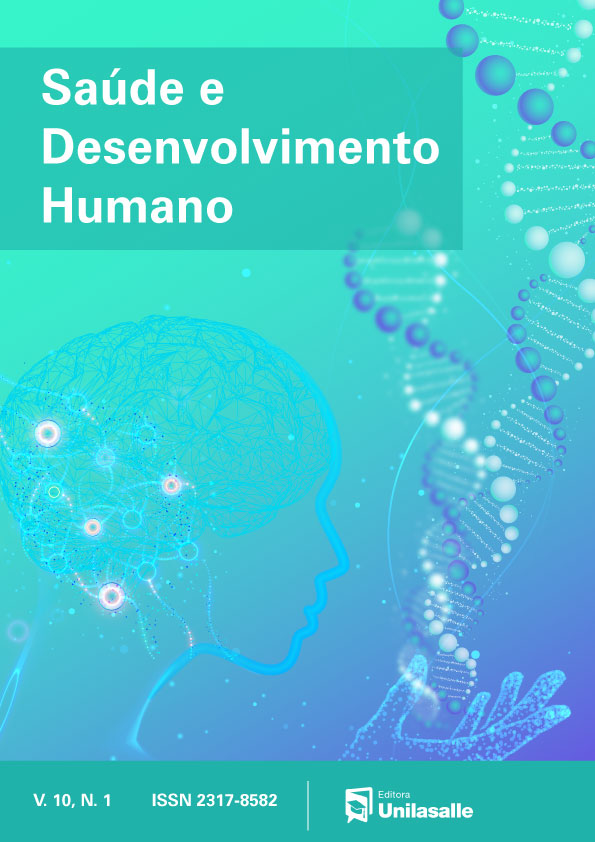Biological and clinical aspects in chronic low back pain: a narrative review
DOI:
https://doi.org/10.18316/sdh.v10i1.8208Keywords:
Chronic Low Back Pain, Central Sensitization, Nociplastic Pain, NeurotrophinsAbstract
Introduction: Chronic low back pain has a high prevalence and social burden, but its pathophysiology is uncertain, and treatment is unsatisfactory.
Objective: To perform a narrative review of the literature on chronic nonspecific low back pain, possible phenomena, biological mechanisms and clinical implications.
Materials and Methods: Articles published between 2014 and 2020, in English, with keywords “chronic low back pain” and “central sensitization” in the LILACS and MEDLINE databases were included.
Results: Chronic low back pain may present changes in brain neuroplasticity due to central sensitization and nociplastic pain. The brain-derived neurotrophic factor is related to the hyperexcitability of central neurons, facilitating nociception and central sensitization. Biological pathways involve the degradation of glutamate receptors, coupled to protein G, by glial hyperactivity and opiordergic and dopaminergic cortico-limbic circuits. This processing dysfunction, perception amplification and pain modulation are the characteristics of nociplastic pain. In addition to clinical evaluation to exclude red flags, blood dosages of pro and anti-infl ammatory cytokines; quantitative sensory tests, and instruments such as the Central Sensitization Inventory seem relevant to clinical practice.
Conclusion: Changes by central sensitization may be associated with chronic low back pain, requiring further investigation since the evidence on this topic is still incipient.
Downloads
Published
Issue
Section
License
Authors who submit their manuscripts to be published in this journal agree to the following terms:
- Authors retain copyright and grant the journal right of first publication with the work simultaneously licensed under the Creative Commons Attribution License that allows the sharing of work and recognition of its initial publication in this journal.
- By virtue of the articles appearing in this open access journal, articles are free to use, with proper attribution, in educational and non-commercia.


